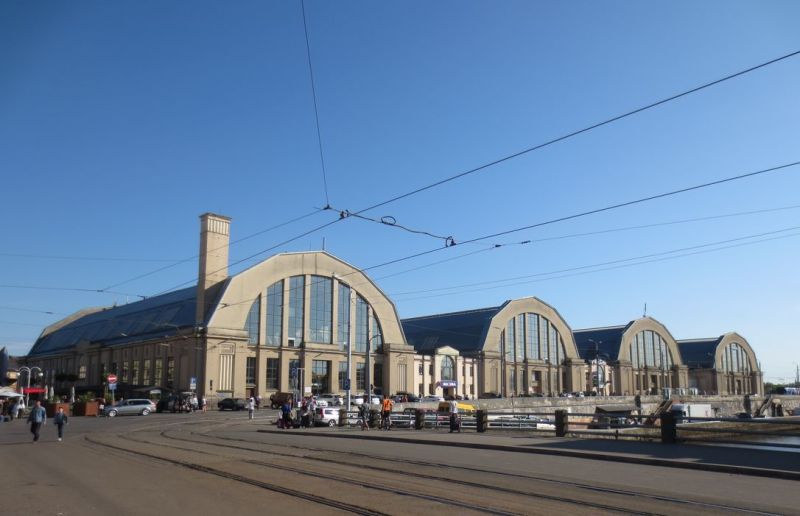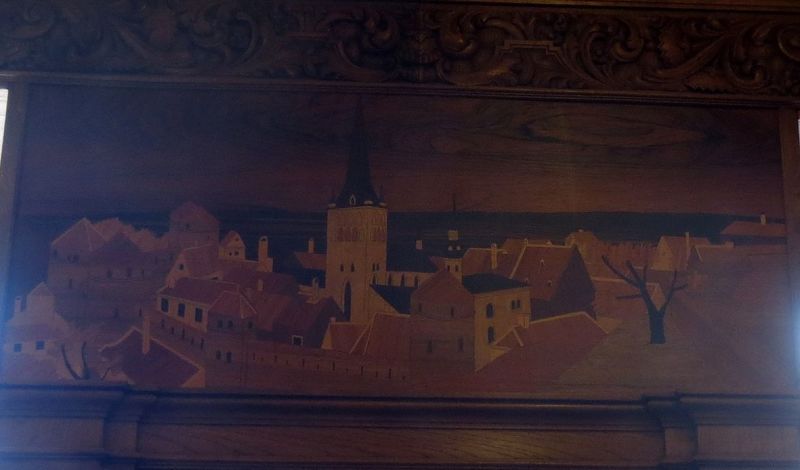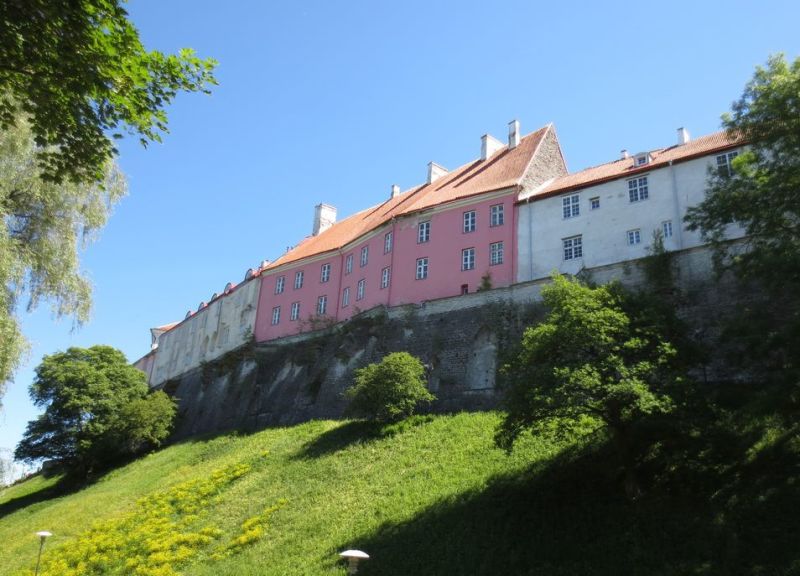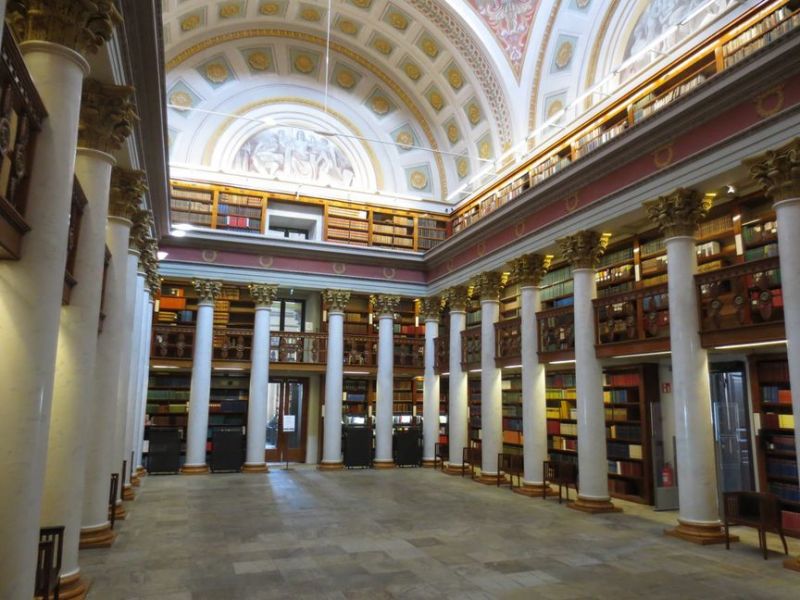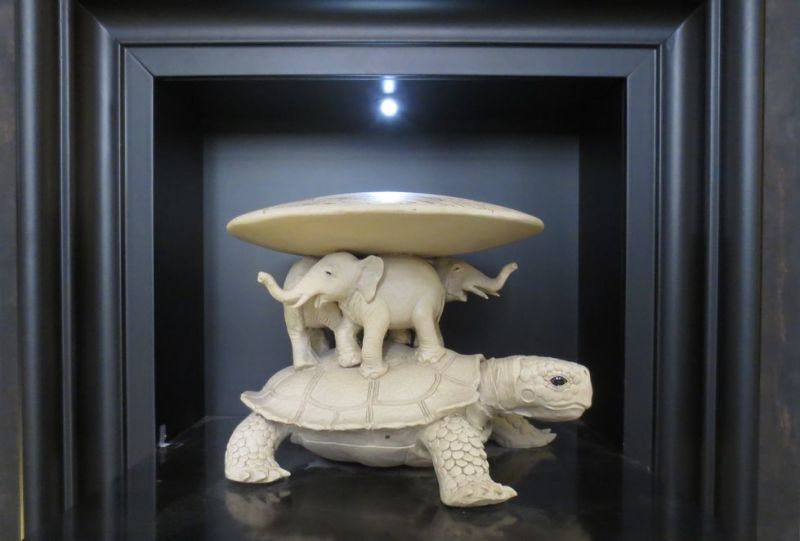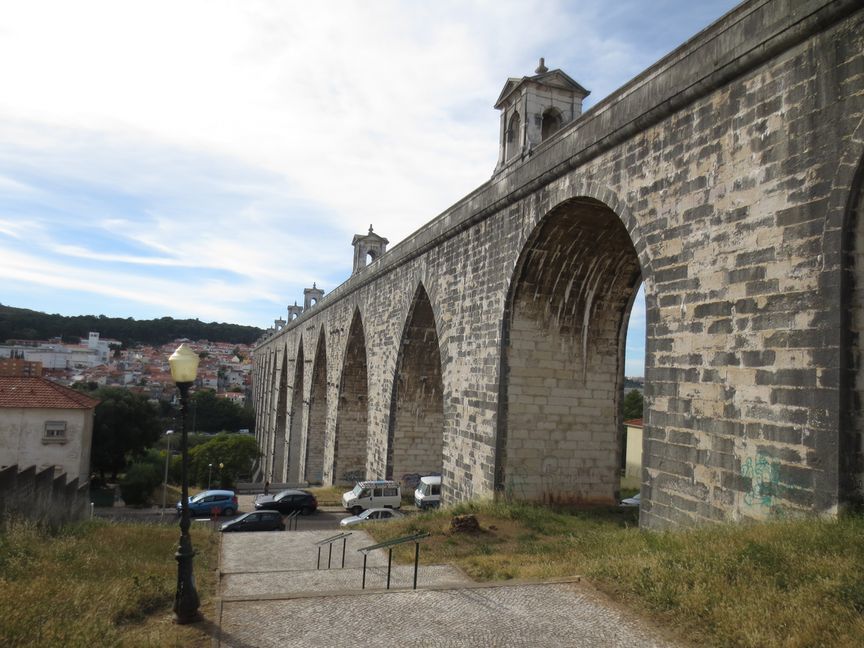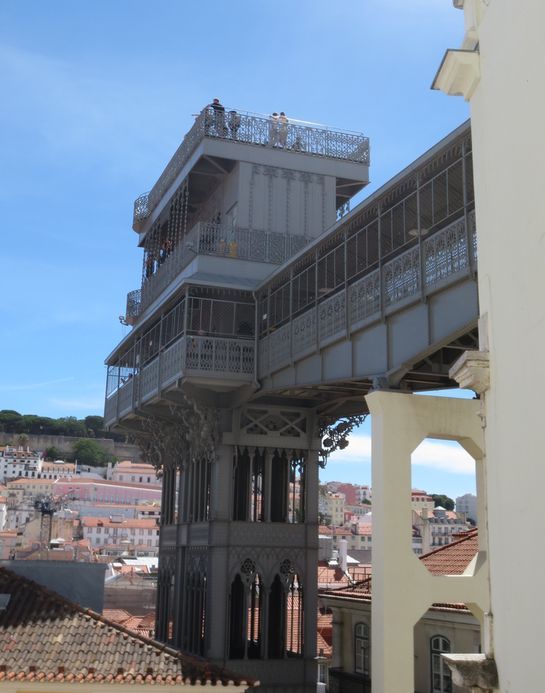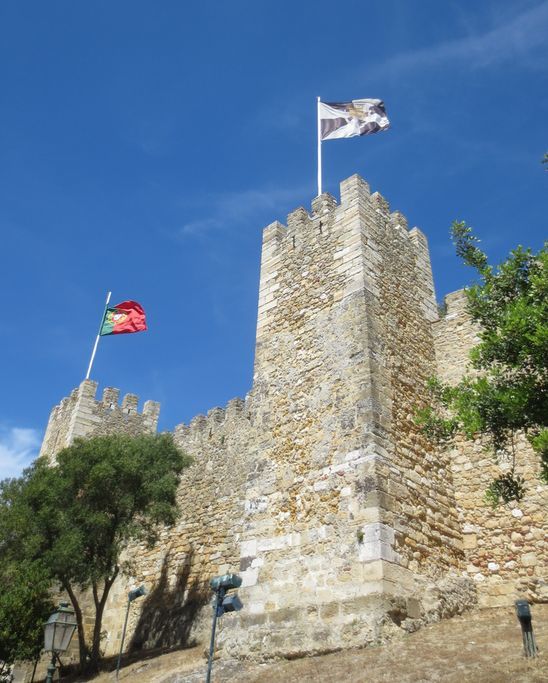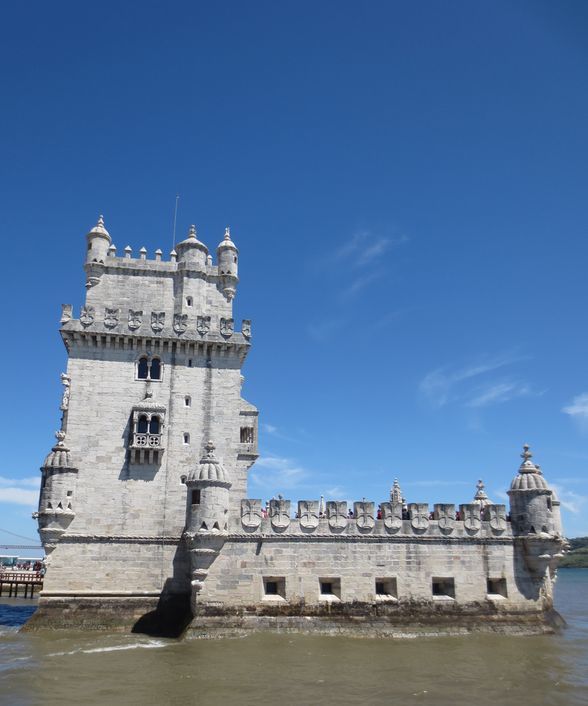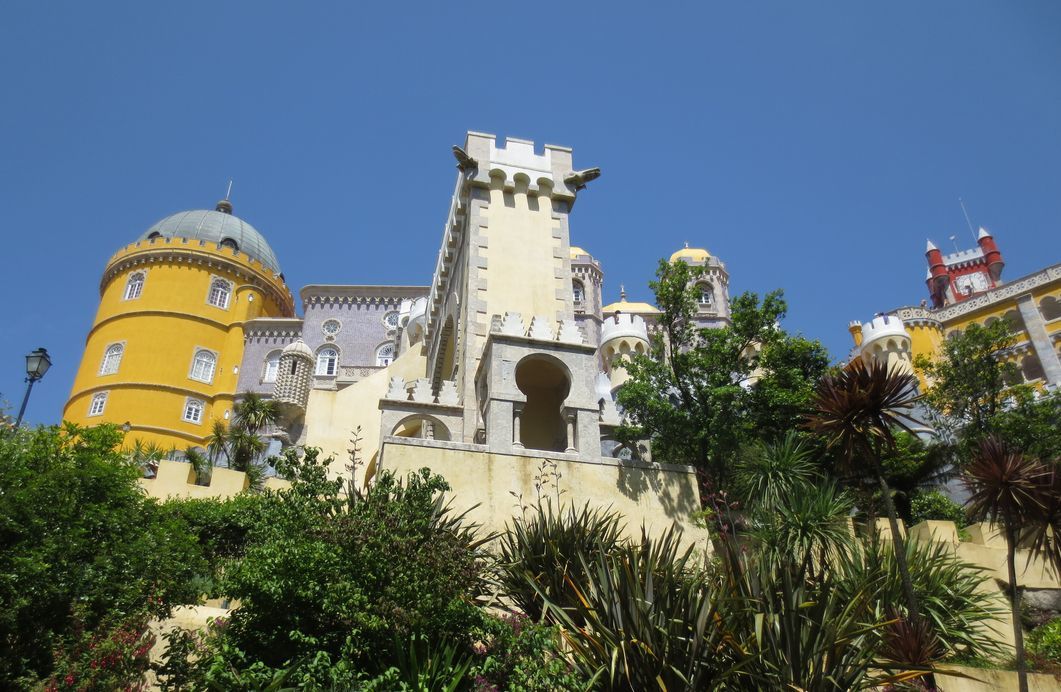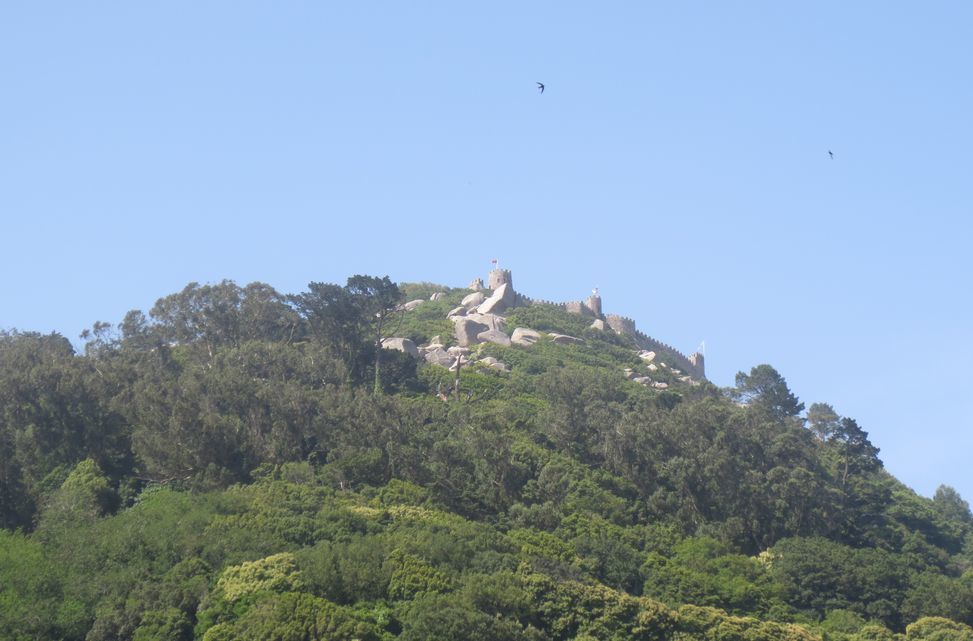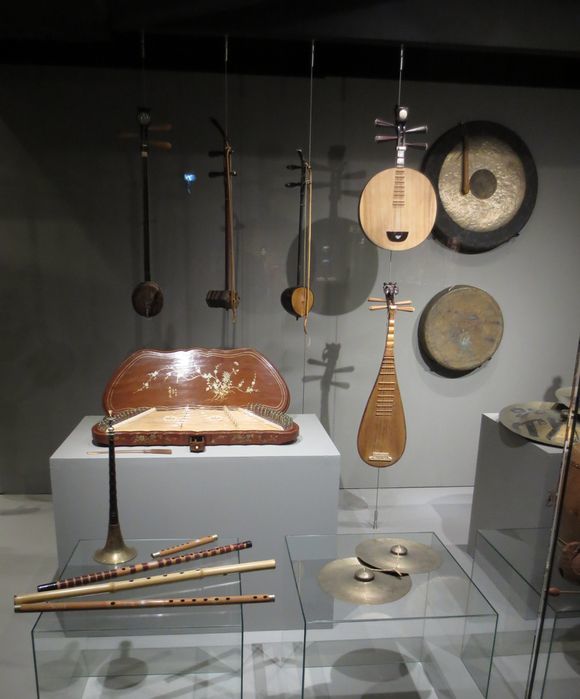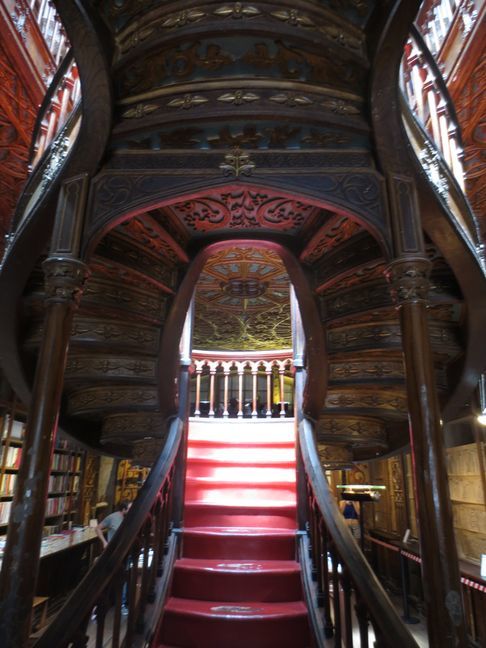Food, Glorious Food
Jul. 4th, 2018 09:17 pmBook Review: The Gastronomical Me, by M F K Fisher
This was a random selection from the work book sale; I had never heard of Mary Frances Kennedy Fisher before. First published in 1943, this is generically though not strictly autobiographical in nature, and covers about the first half of her life. There are early reminiscences about food preparation at home, and at boarding school in California, before further study in Chicago, and then marriage and travel with her first husband to Europe (mostly France, but also Switzerland and Italy). The European section is the bulk and highlight of the book; this is travel writing, and it's food writing, but it's really people writing, about the characters and situations she encounters. To some extent it reads uncomfortably today, as she plainly had a privileged upbringing and is frequently quite snobbish, but it seems to be done unconsciously and without ill intent; and it's not as if the French academic colleagues of her husband considered her a few steps down from their social level, either. The story becomes darker as her husband falls ill, she begins an affair, and Europe descends towards war; in the golden age of ocean liners she documents the attitudes of ocean-crossing Germans in particular in the 1930s, and there is some reportage about an escaped prisoner on a train in Italy that would be harrowing (it clearly disturbed Fisher at the time) were it not for the foreknowledge that much worse was to come. The last section, following the death of her husband, describes a trip to Mexico in 1941; it doesn't connect so well with the rest of the book, but it's obviously describing changed circumstances.
This was a random selection from the work book sale; I had never heard of Mary Frances Kennedy Fisher before. First published in 1943, this is generically though not strictly autobiographical in nature, and covers about the first half of her life. There are early reminiscences about food preparation at home, and at boarding school in California, before further study in Chicago, and then marriage and travel with her first husband to Europe (mostly France, but also Switzerland and Italy). The European section is the bulk and highlight of the book; this is travel writing, and it's food writing, but it's really people writing, about the characters and situations she encounters. To some extent it reads uncomfortably today, as she plainly had a privileged upbringing and is frequently quite snobbish, but it seems to be done unconsciously and without ill intent; and it's not as if the French academic colleagues of her husband considered her a few steps down from their social level, either. The story becomes darker as her husband falls ill, she begins an affair, and Europe descends towards war; in the golden age of ocean liners she documents the attitudes of ocean-crossing Germans in particular in the 1930s, and there is some reportage about an escaped prisoner on a train in Italy that would be harrowing (it clearly disturbed Fisher at the time) were it not for the foreknowledge that much worse was to come. The last section, following the death of her husband, describes a trip to Mexico in 1941; it doesn't connect so well with the rest of the book, but it's obviously describing changed circumstances.

